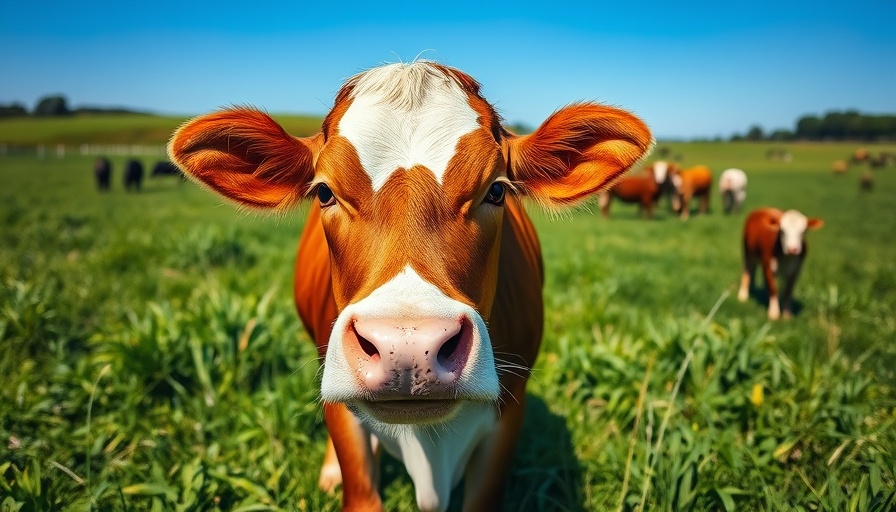
Understanding the Threat of the New World Screwworm
The New World screwworm, a parasitic fly that has caused significant damage to both animals and humans, is back on the radar following reports of its outbreak in Mexico. This flesh-eating parasite, which feeds on the living flesh of various animals, originated as a major concern for livestock farmers in the United States decades ago. It was eradicated through massive efforts in the mid-20th century involving the release of sterile flies, but its recent resurgence poses potential risks to both animal welfare and food security.
Historical Context of New World Screwworm Eradication
The New World screwworm was once a severe threat to livestock, with an infestation leading to severe economic losses. The initial eradication program, which ended successfully in the U.S. in 1966, took extensive measures involving billions of dollars. The efforts included a combination of quarantine, treatment, and the innovative release of sterile males to disrupt the breeding patterns of these deadly flies. This historical precedent underscores the importance of prevention, particularly in response to the recent outbreak in Mexico.
Health Risks and Economic Implications
The larvae of the New World screwworm can cause painful infestations that lead to severe health issues in affected animals. Notably, they can affect pets and even humans, although the latter is rare. The resurgence of this parasite could have devastating effects on the livestock industry, just as it did in the past. Economic implications stretch beyond just farmers; they affect the entire food supply chain, potentially leading to increased prices for consumers and trade restrictions.
In 2025, the USDA's immediate halt on animal imports from Mexico illustrates the significant concern regarding the parasite's impact. With global food security already precarious, such outbreaks heighten anxieties about agricultural health, trade relationships, and the integrity of our supply chains.
The USDA's Response and Future Predictions
The USDA has reacted quickly by suspending live cattle, bison, and horses Imports through southern border ports, emphasizing the urgent need for control measures. Officials report deploying sterile flies in targeted regions to suppress the threatened outbreak, echoing historical protocols for dealing with the screwworm. As these efforts commence, future predictions hinge on successful management of the current situation. Experts predict that if rigorous monitoring and containment methods continue effectively, normal trade may resume, provided farmers and consumers remain vigilant.
Emotional and Human Interest Perspectives
The ongoing threat of the New World screwworm not only impacts animals but also stirs emotional responses from farmers and families connected to agriculture. Many individuals worry about losing their livelihoods and the health of their animals. The emotional toll of such fears can lead to stress and anxiety, emphasizing the human aspect often overlooked in discussions about agricultural pests.
Moreover, the story resonates with the larger narrative of how health crises, whether human or animal, can ripple through communities and economies, affecting families far removed from the agricultural front lines.
Taking Action: What It Means For You
As consumers and stakeholders in the agriculture industry, it’s crucial for us to remain informed and proactive. Advocacy for sustainable agriculture practices will play a pivotal role in preventing such infestations in the future. Emphasizing animal welfare and supporting agricultural innovations can significantly influence how we manage our food systems.
Additionally, understanding the risks and supporting efforts that aim to safeguard animal health and the food supply can foster communities that prioritize well-being and security. Collectively, we can advocate for policies that protect not only our livestock but also our health and food resources.
This alarming situation calls for vigilance and cooperation between U.S. and Mexican authorities, not only to contain the New World screwworm but also to enhance systems that protect livestock health. It's a reminder of how interconnected our agriculture and food security are, urging all of us — consumers, farmers, and policymakers — to engage actively in discussions surrounding agricultural health.
For those wanting to dive deeper into building a resilient food system, focusing on sustainable living, healthy nutrition practices, and mental well-being is essential. Taking these proactive steps can foster a holistic approach to health and security, where personal choices and community actions align for a safer future.
 Add Row
Add Row  Add
Add 




Write A Comment